How to prepare for “pelvic opening” poses
5The last time I went to see my hairstylist and settled in the chair, she said: “Uncross your legs please” before she could start cutting my hair. She sees every day that crossing the legs creates an imbalance in the body positioning which makes it harder for her to create a symmetrical cut. Did you know that crossing your legs increases the blood pressure? Yet, we do it all the time. We sit with our legs crossed or knees together. In general, we (especially women) are much more likely to keep the knees together than apart for habitual, cultural, religious, and all sorts of other reasons, which creates an imbalance between the inner and outer hips (adductors and abductors).
That is why the poses collectively known as “pelvic opening” are so useful: they stretch the structures of the pelvis, groin, inner thigh, and perineal area while strengthening the muscles on the opposite side (hip abductors and rotators) to restore balance to the adductor/abductor relationship.
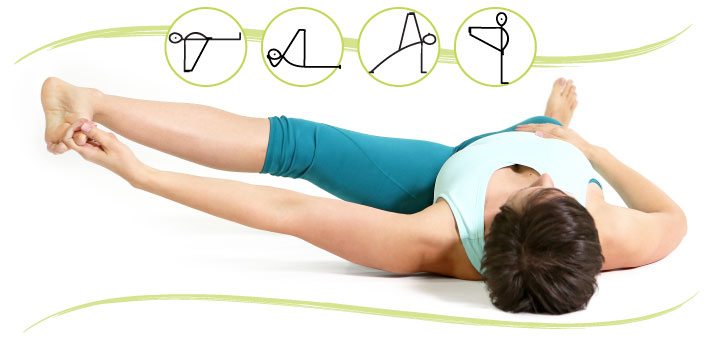 The “pelvic opening” group consists of poses where one leg is abducted and rotated outward. In traditional versions of those poses the abducted leg is usually straight, which is too challenging and potentially risky for many practitioners. That’s why we often keep the knee bent, which helps accomplish the same goals.
The “pelvic opening” group consists of poses where one leg is abducted and rotated outward. In traditional versions of those poses the abducted leg is usually straight, which is too challenging and potentially risky for many practitioners. That’s why we often keep the knee bent, which helps accomplish the same goals.
Sometimes in yoga classes, those types of poses seem to pop out of nowhere, without any intentional preparation. One minute you are doing a Tree pose and the next minute you are expected to grab onto your toes and spring into Utthita Parsva Padangustasana. This is unfortunate, because excessive or inadequately prepared for stretching in those areas may compromise the stability of the hip and sacroiliac joints. So today we will talk about proper preparation for those “pelvic opening” poses.
The premise here is pretty simple and applicable to any pose in this group. First, we need to make sure that the adductors and abductors have been warmed up (Step 1), and then attend to the hamstrings and inner thighs in the abducted position (Step 2).
This is the absolute minimum, of course. We would also need to include similar elements that stretch the hamstrings and inner thighs, and rotate the leg outward in other poses as well.
While in the pose, we need to control the position of the pelvis to make sure that it doesn’t rotate toward the extended leg. That’s why it can be useful to place your hand on the opposite hip both to monitor its position and prevent it from popping out of place. If you cannot reach the toes – no worries. Just keep the hand on the inside of the knee and try to extend the leg as best you can. And if your sacroiliac joint is acting up, stay away from those poses all together.  If you want to achieve a similar effect without compromising your sacrum, try Supta Prasarita Padangusthasana with a similar preparation.
If you want to achieve a similar effect without compromising your sacrum, try Supta Prasarita Padangusthasana with a similar preparation.
And afterwards don’t forget to compensate by stretching your back and taking care of the SI joint with a symmetrical prone backbend (like Vimanasana or Bhujangasana with feet wide apart).
 So these are the basics of working with “pelvic opening” poses. They can be very useful if approached with care and compensated for adequately. But doesn’t that apply to most yoga poses?! 🙂
So these are the basics of working with “pelvic opening” poses. They can be very useful if approached with care and compensated for adequately. But doesn’t that apply to most yoga poses?! 🙂

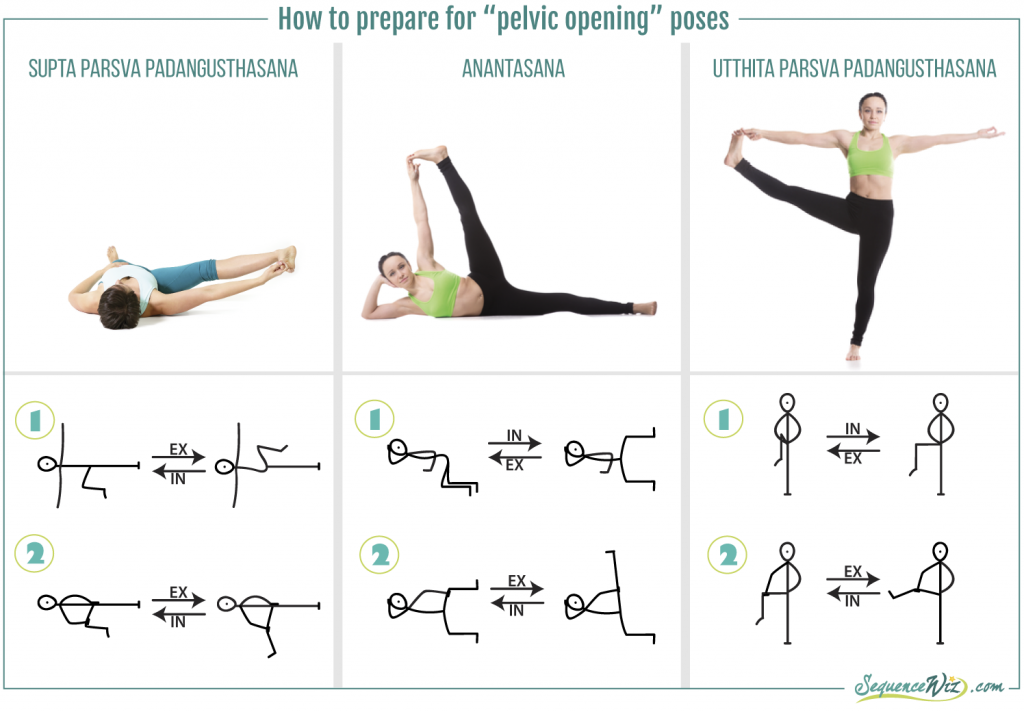

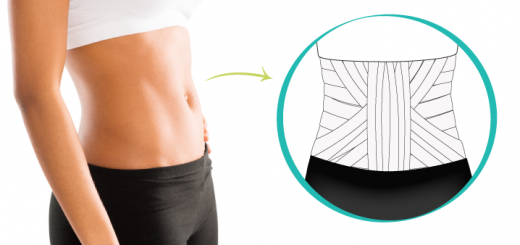
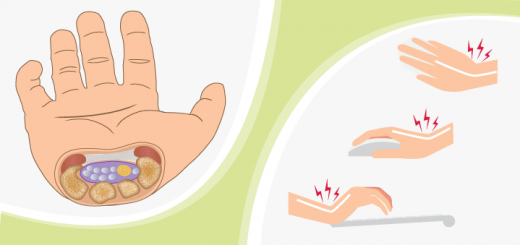
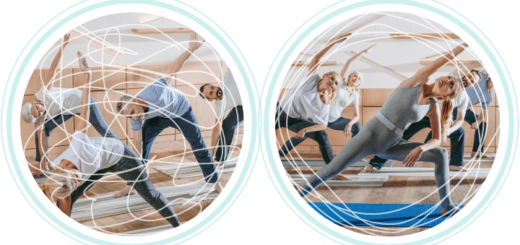















Hi Olga! Thanks for another great post. 🙂
My teacher often instructs us to slightly contain the external rotation in abducted leg in Supta Parsva Padangusthasana by keeping the inside edge of the foot parallel to the floor, rather than having the toes pointing toward the floor. I noticed in your videos on this post that your “parsva” leg in Supta Parsva Padangusthasana is more externally rotated than it is in Utthita Parsva Padangustasana and Anantasana. Is this a conscious decision, or is it simply happening because it’s easier to get more external rotation when you’re laying down and therefore more stable? Do you think there’s a reason for why you might allow maximum external rotation in Supta, or why you might counter it with a slight action of internal rotation? Or would it just be a circumstantial choice based on what peak pose you’re sequencing to?
Thanks again for writing! I always learn something from your posts. 🙂
Hi Abigail – great question! Certainly, when you are on your back, it is easier to rotate the leg outward since this motion is assisted by gravity. I think that is is a very valid point that your teacher is making by trying to control the external rotation of the leg if she is mostly looking for the action of abduction. It is particularly useful for the folks whose hips rotate outward more easily and they will tend to go into that default mode instead of abduction. For many people I find this is not the issue – it is much more important for them to prevent the pelvis from tipping sideways. So the short answer to your question is: it depends! it depends on the student and what you are after.
Hi olga, I found your blog site a week ago. I am loving it. So informative for me and I am learning a lot. My students will benefit from my better knowledge. One of my left glutes was stuck for a few months, getting worse and now I have done one of your practices twice and it’s already loosening. LOVE IT. THANK YOU SO MUCH
Thank you Mado, so happy to hear that!
I have had hip and leg pain for a loooong time.. it disappears and then comes back! My massage lady says I have a knot in my right bun almost in the middle. The pain goes gown my right leg to mid thigh.sometimes it is mild to intense. Help!!!